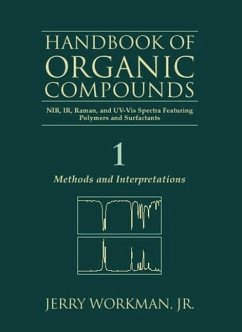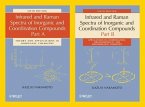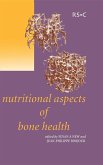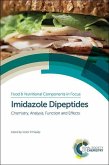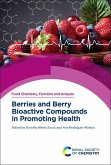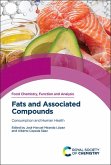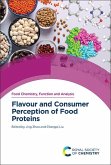The Handbook of Organic Compounds: NIR, IR, Raman, and UV-Vis Spectra Featuring Polymers and Surfactants represents a compendium of practical spectroscopic methodology, comprehensive reviews, and basic information for organic materials, surfactants, and polymer spectra covering the Ultraviolet, Visible, Near Infrared, Infrared, Raman and Dielectric measurement techniques. This set represents a complementary organic compound handbook to the Nyquist inorganic handbook, published in 1996. This set comprises the first comprehensive multi-volume handbook to provide basic coverage for UV-Vis, 4th overtone NIR, 3rd overtone NIR, NIR, Infrared, Raman spectra, and Dielectric data for common organic compounds, polymers, surfactants, contaminants, and inorganic materials commonly encountered in the laboratory. The text includes a description and reviews of interpretive and chemometric techniques used for spectral data analysis. The spectra included within the atlas are useful for identification purposes as well as pedagogical for the instruction of the various interpretive and data processing methods discussed. This work is designed to be of help to students and vibrational spectroscopists in their efforts of daily spectral interpretation and data processing of organic spectra, polymers, and surfactants. All spectra are presented in wavenumber and transmittance, with the addition of ultraviolet, visible, 4th overtone NIR, 3rd overtone NIR, and NIR spectra also represented in nanometers and absorbance space. In addition, some Horizontal infrared ATR spectra are presented in wavenumber and absorbance space. All spectra are shown with essential peaks labeled in their respective units. The material inthis handbook was contributed to by several individuals, and comments were received from a variety of prominent workers in the field of molecular spectroscopy. This type of handbook project is a daunting task. This Handbook can provide a valuable reference for the daily
Hinweis: Dieser Artikel kann nur an eine deutsche Lieferadresse ausgeliefert werden.
Hinweis: Dieser Artikel kann nur an eine deutsche Lieferadresse ausgeliefert werden.

